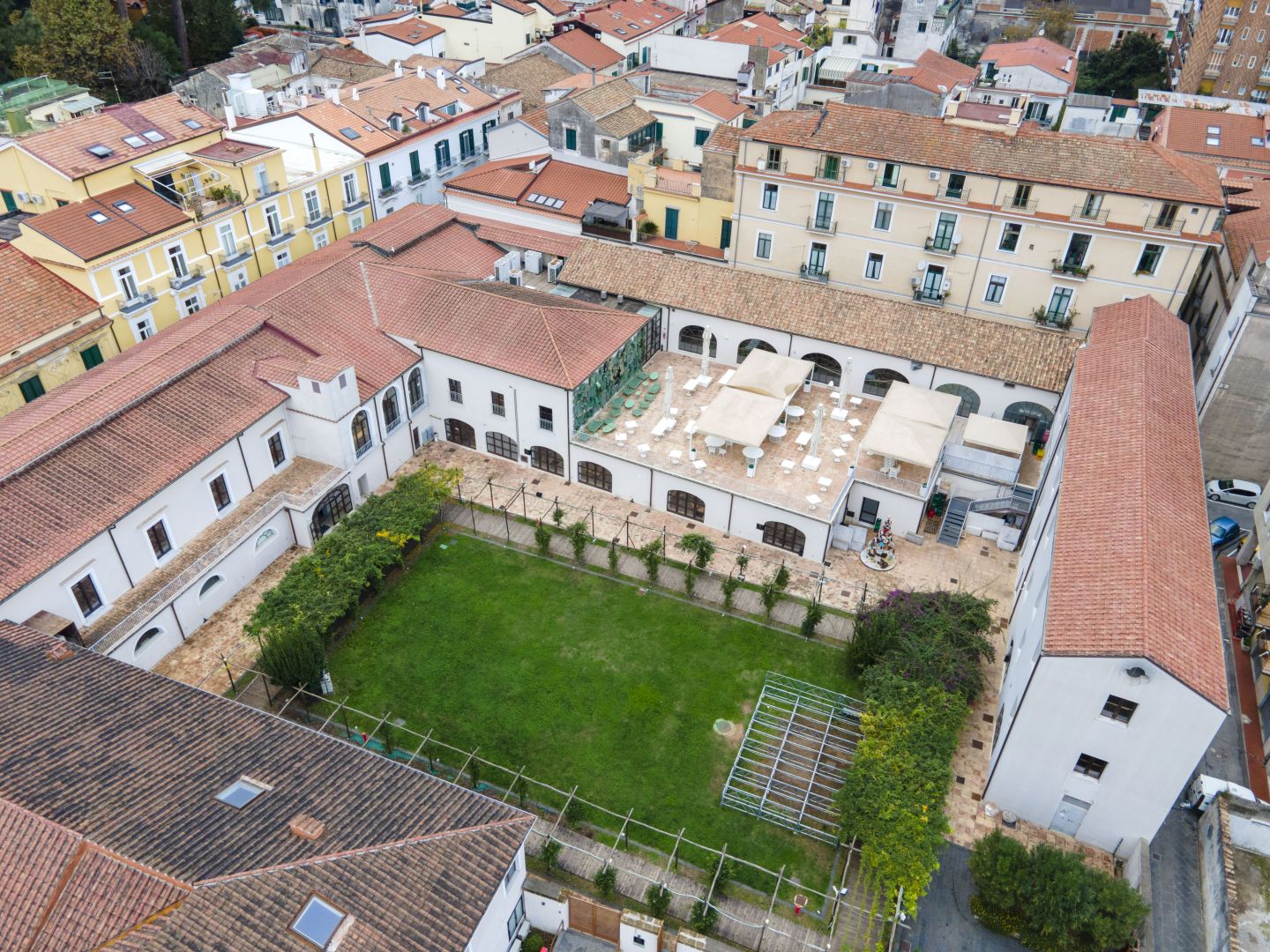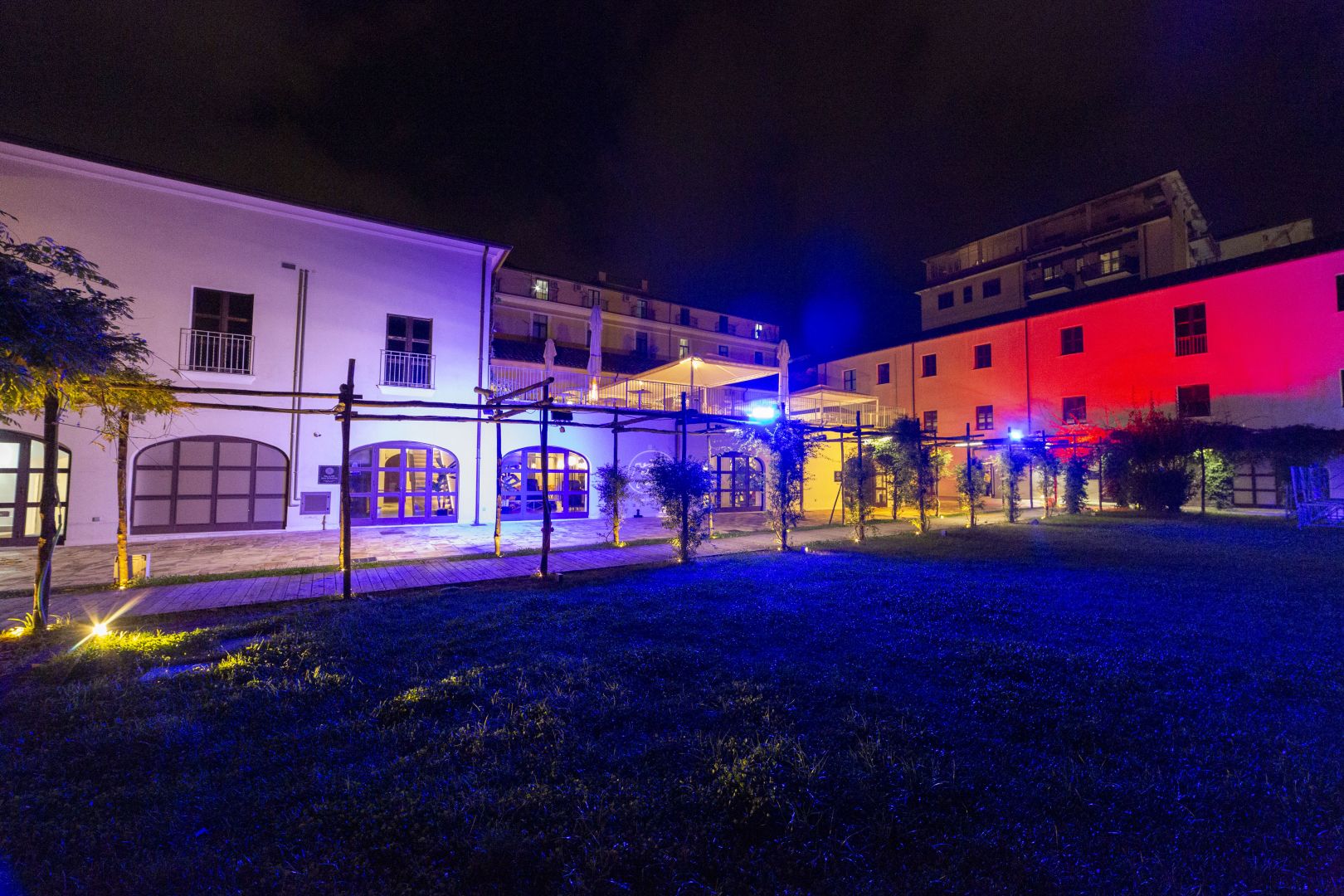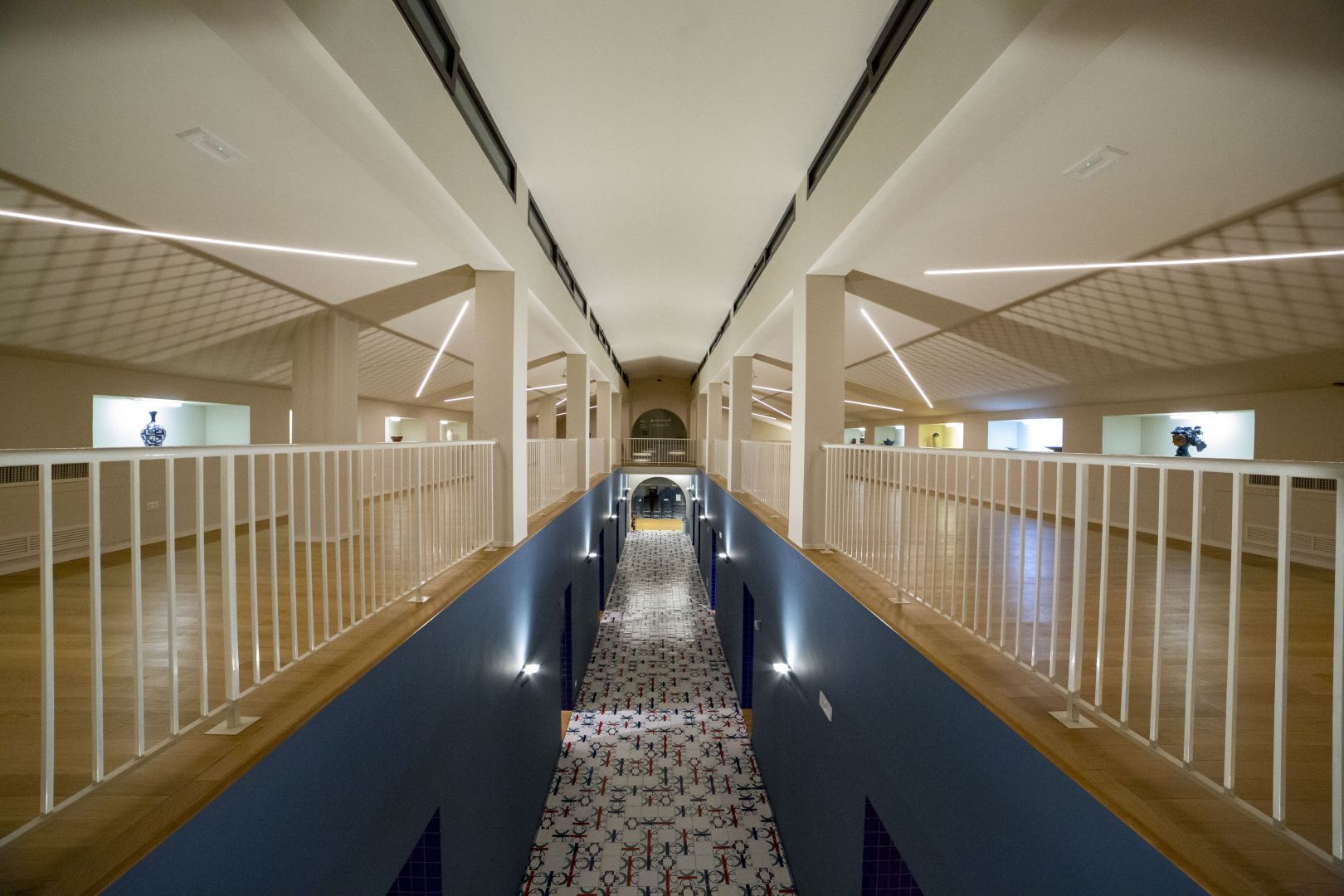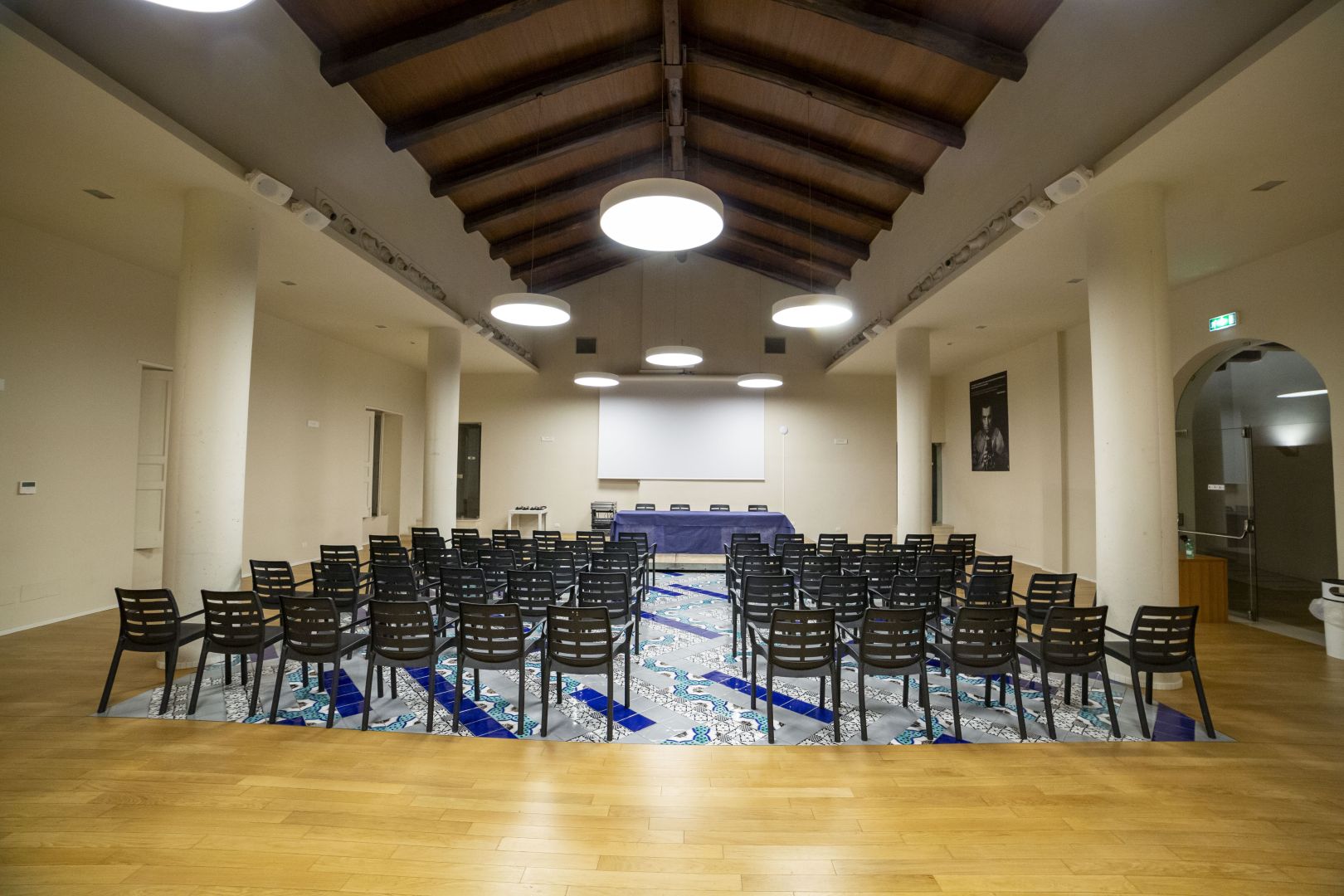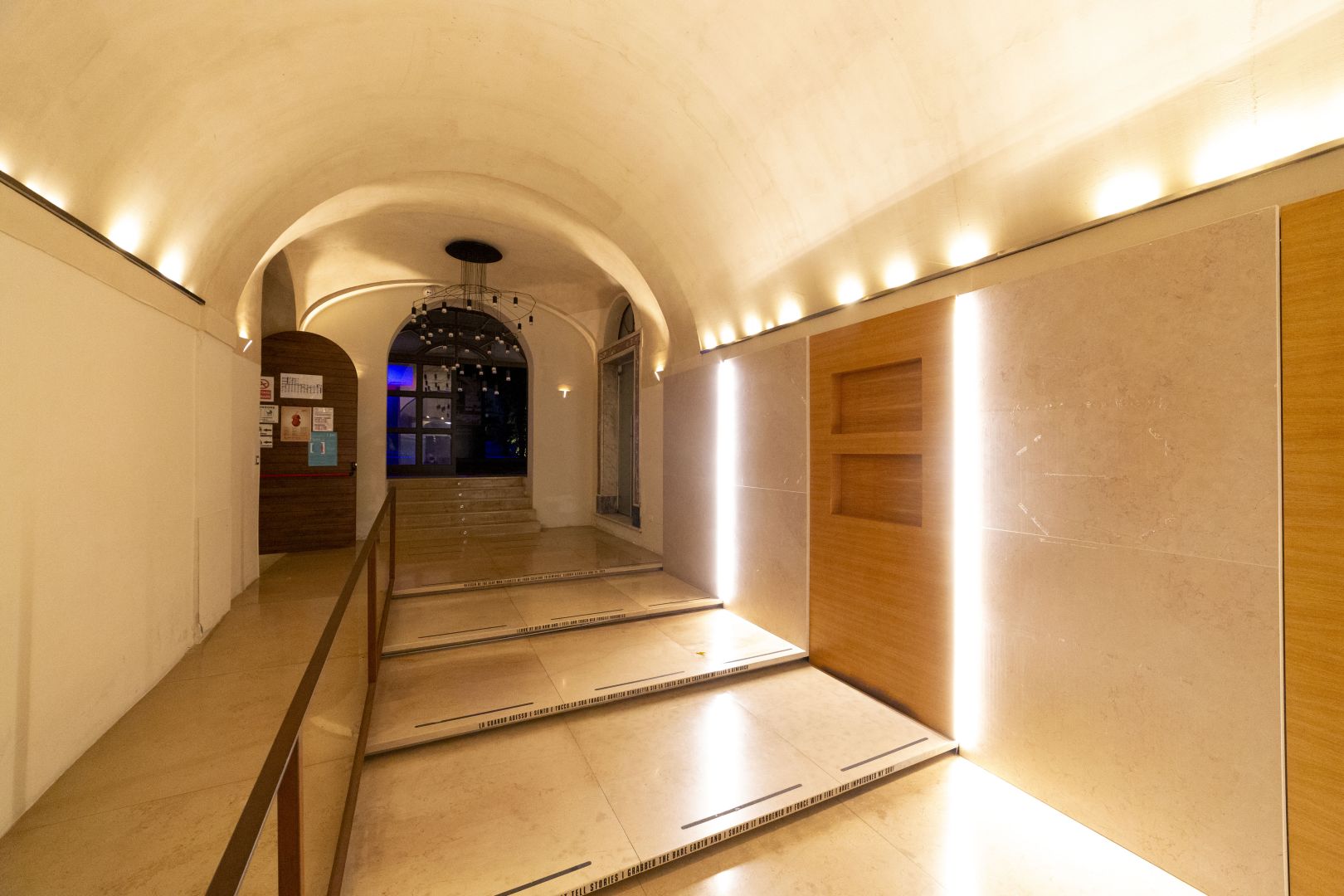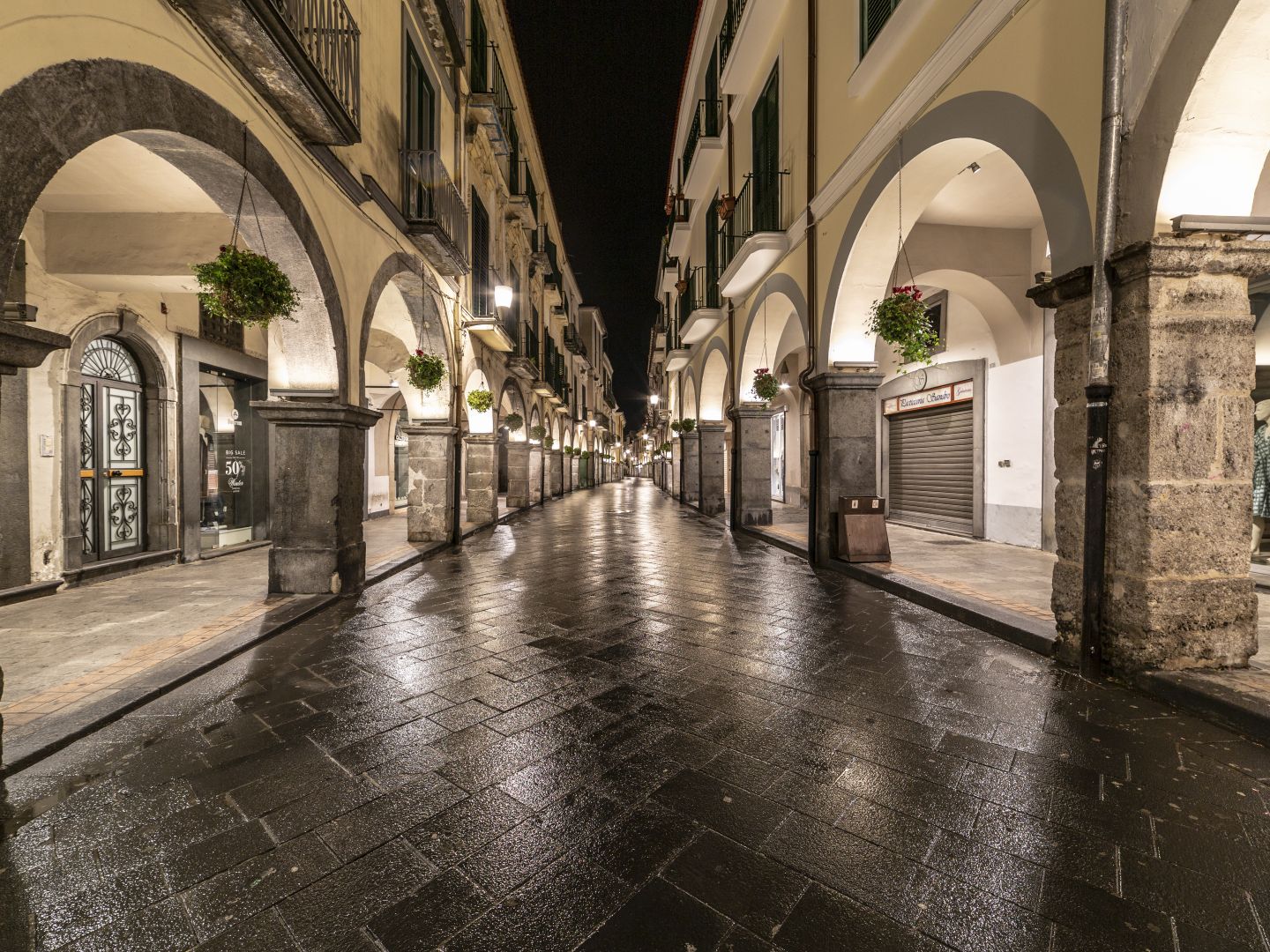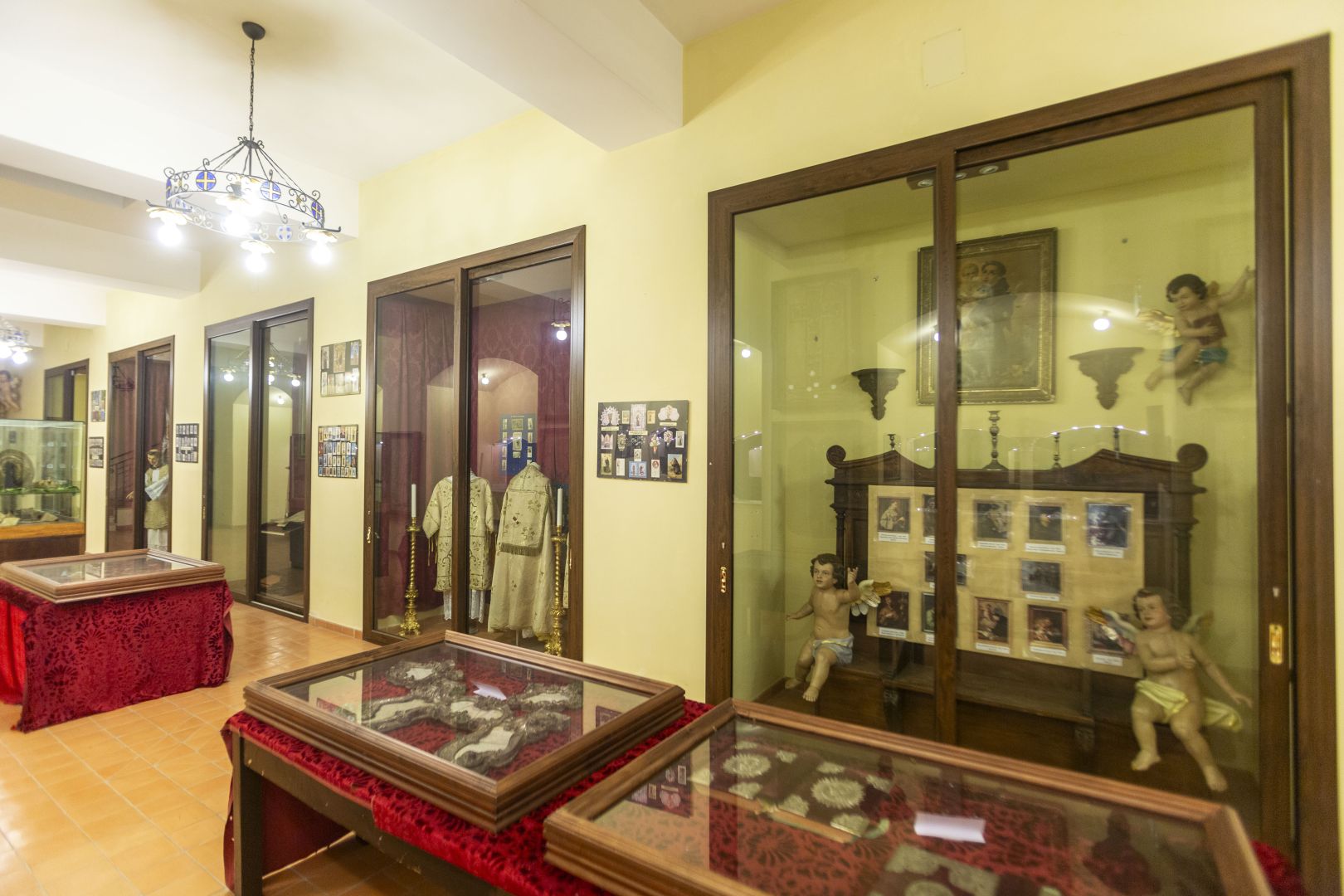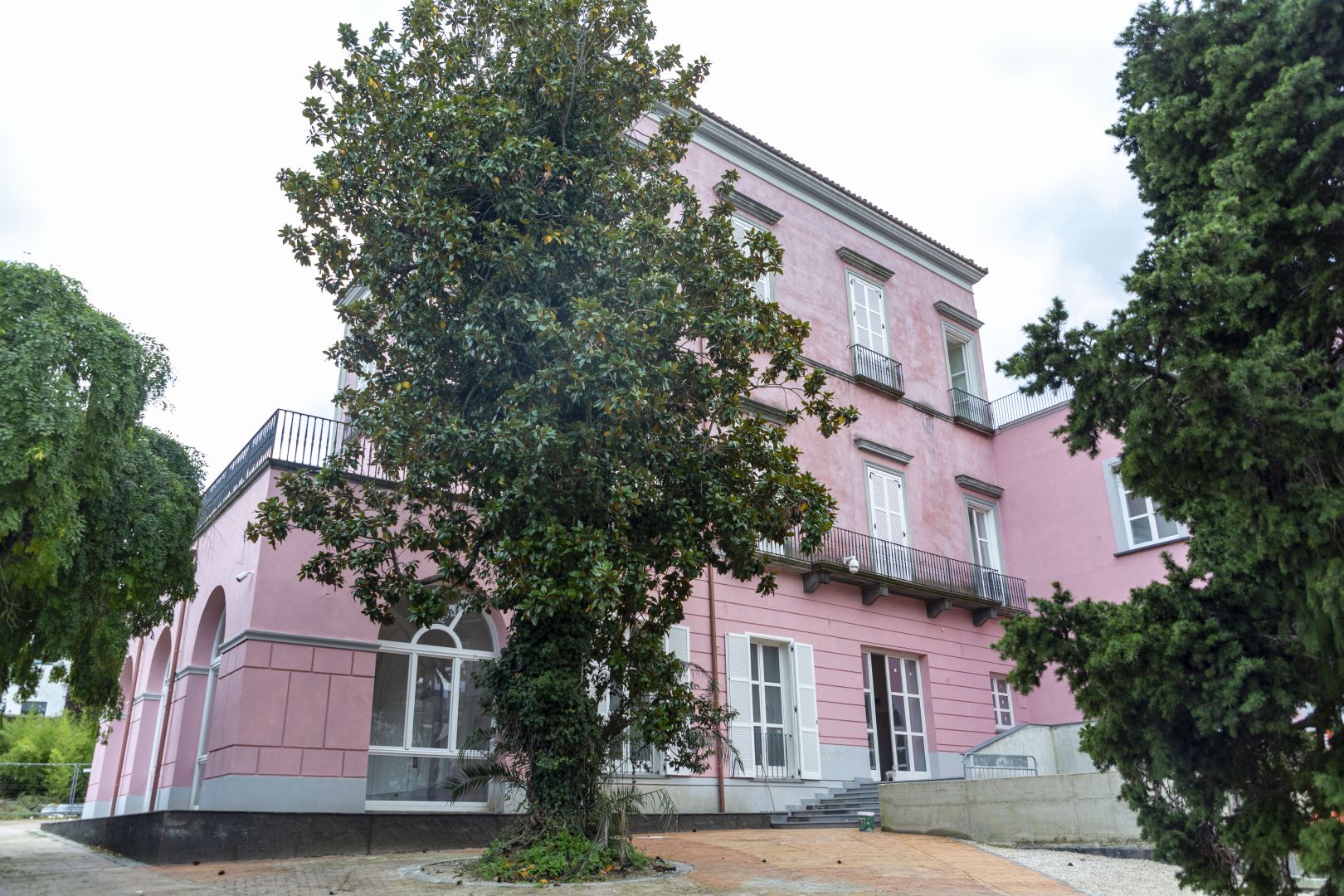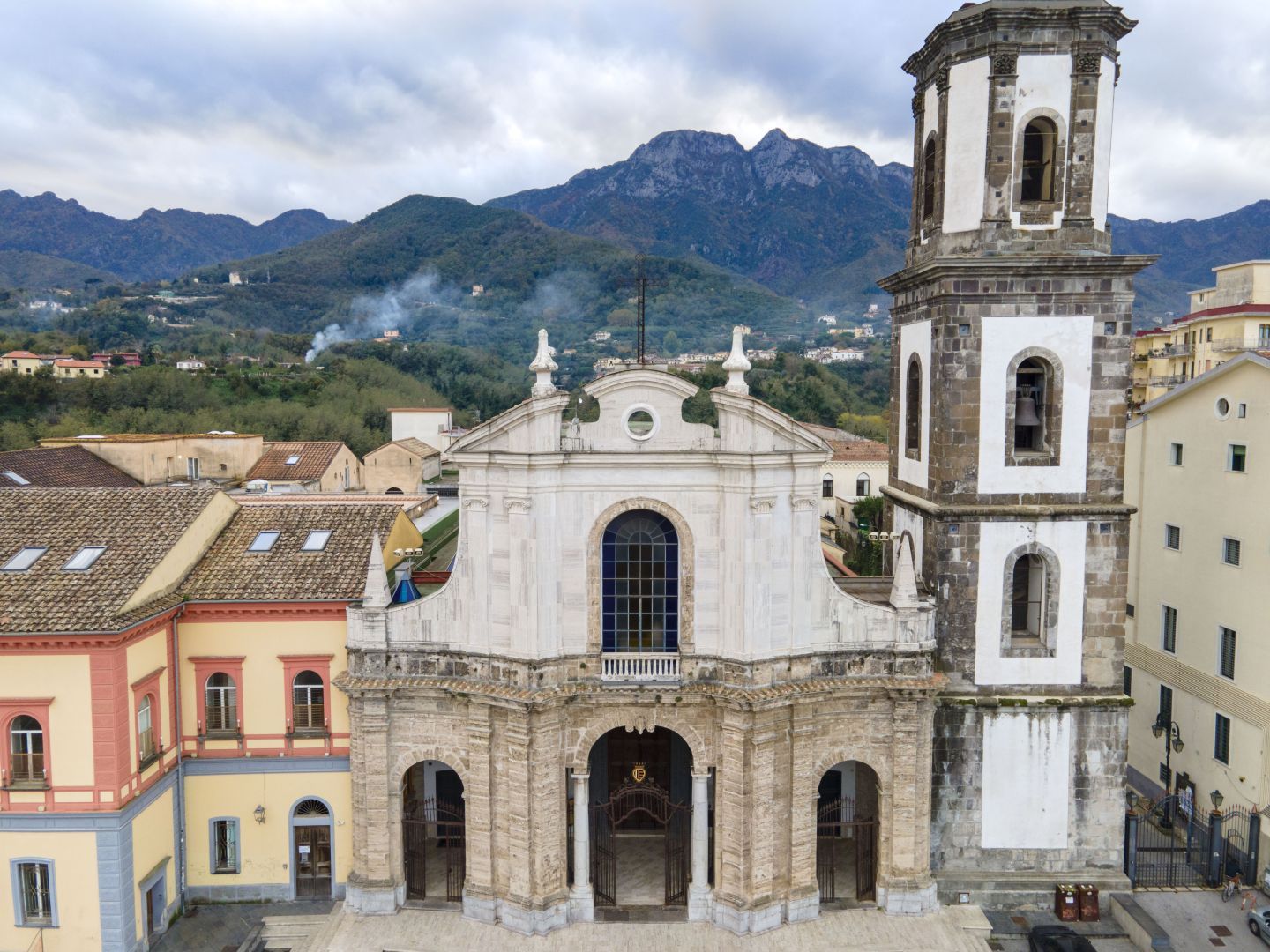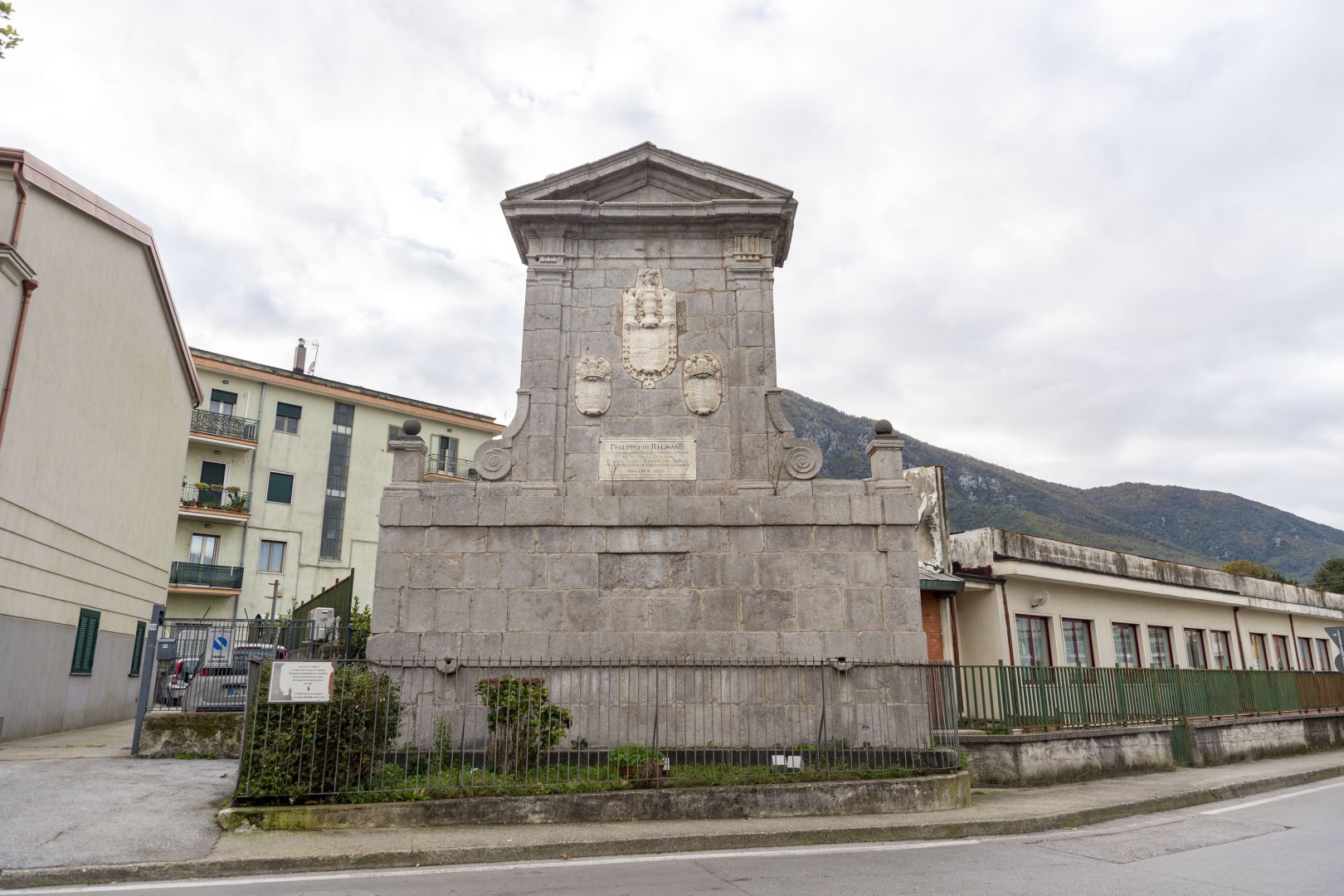Utilizziamo i cookies per offrirti la migliore esperienza sul nostro sito. Continuando a navigare, accetti l'utilizzo dei cookies.
Monumental complex of San Giovanni
- Patrimonio architettonico
- Magliano, 143, Corso Umberto I, Pianesi, Casa Davide, Cava de' Tirreni, Salerno, Campania, 84013, Italia
The Monumental Complex of San Giovanni in Cava de' Tirreni is a historical site of great importance. It includes the Basilica of San Giovanni in Fonte, dating back to the 8th century, with medieval frescoes and a Romanesque crypt. The complex also includes the Abbey, founded in the 10th century, with majestic columns and arches. This enchanting place preserves a rich artistic and spiritual heritage, offering visitors an extraordinary immersion in the thousand-year history of the region.
Description
The Monastery of San Giovanni in Cava de' Tirreni, closed by the 1980 earthquake, has rekindled its light thanks to an ambitious restoration project financed by European funds, with an extraordinary speed of just 18 months, an unusually short period for an intervention of this magnitude in Italy. The building, with its 13 porticoes on Corso Italia, is now a cultural center of excellence in close connection with the Marte media library.
The monastery has been carefully restored and now serves as a Museum of Ceramics, Art and Territorial Design. Inside, spaces dedicated to the Taste Unit, covering approximately 450 square metres, offer places for the display, tasting and sale of excellent agricultural products from the Agro-Nocerino-Sarnese area, from the Salerno hills and from Cilento. The first floor also houses a restaurant of approximately 350 square meters with a terrace in front.
The restoration also involved a twentieth-century building, now completely recovered and used as a guesthouse for 24 people, with spaces for breakfast and a small refreshment stand. The heart of the restoration is represented by the "Garden of the Poor Clares," a central space recovered in memory of the nuns, made with traditional materials that reflect the monastic rule. Studied evening lighting accentuates the hieratic and meditative atmosphere of the place, while a dynamic light installation adds contemporaneity, weaving the history of the complex with luminous words and verses.
The Convent has been divided into five independent areas to simplify management, allowing a variety of economic and functional initiatives, thus creating a multifaceted cultural and gastronomic experience.
Reviews
Login to write a reviewThere are no reviews yet
